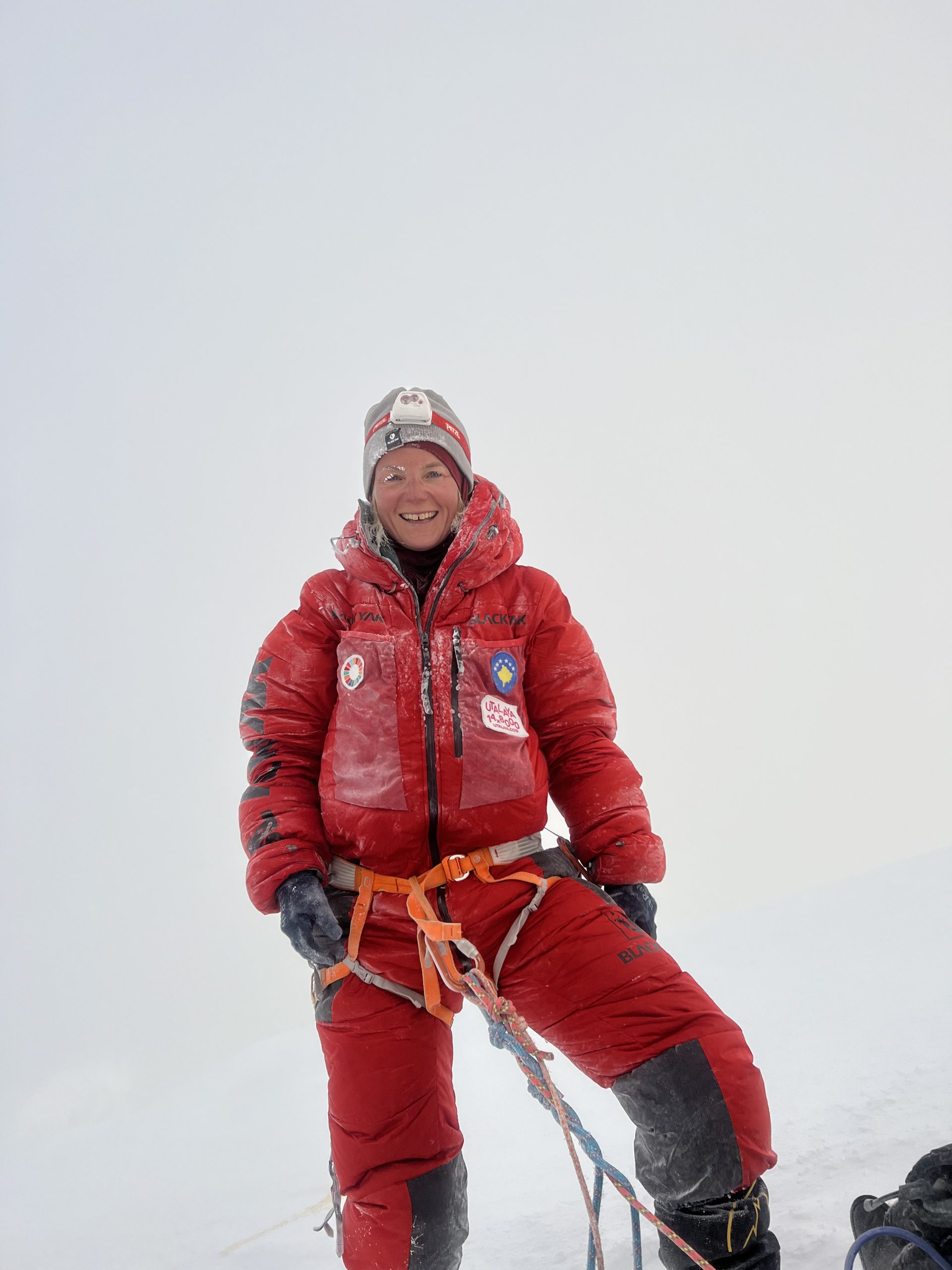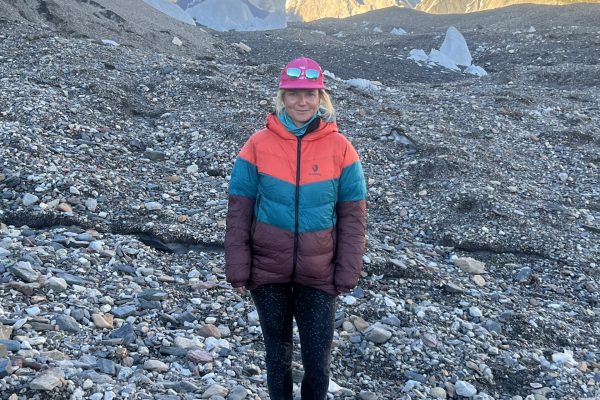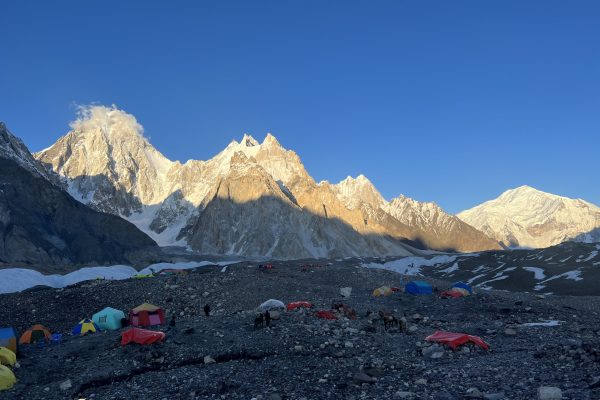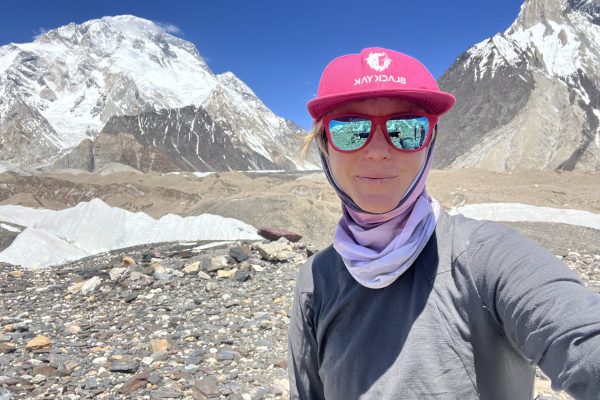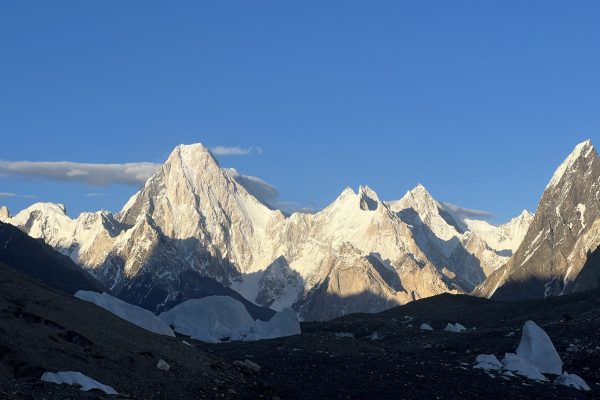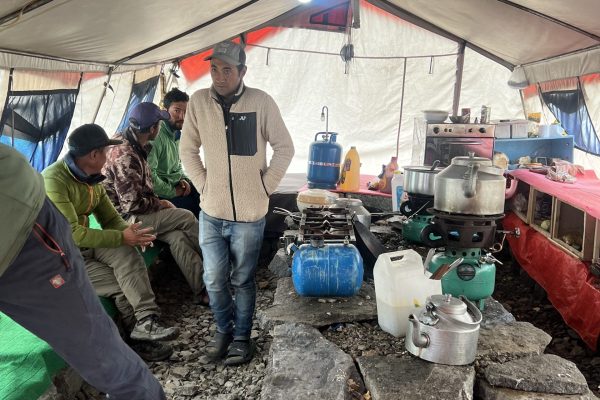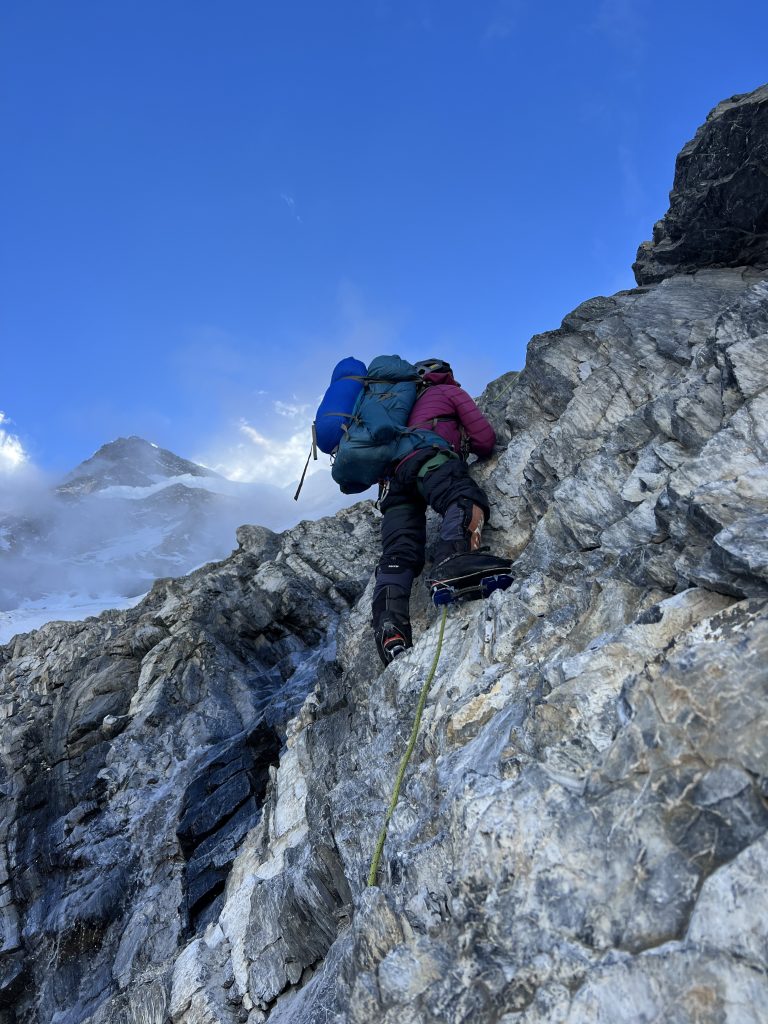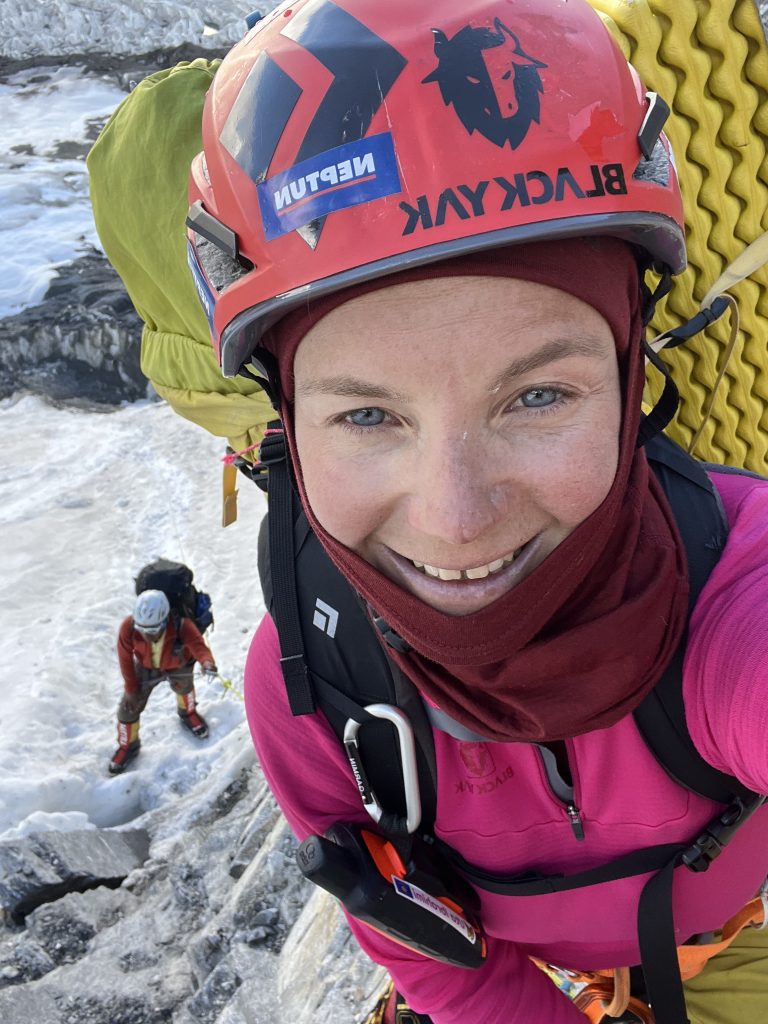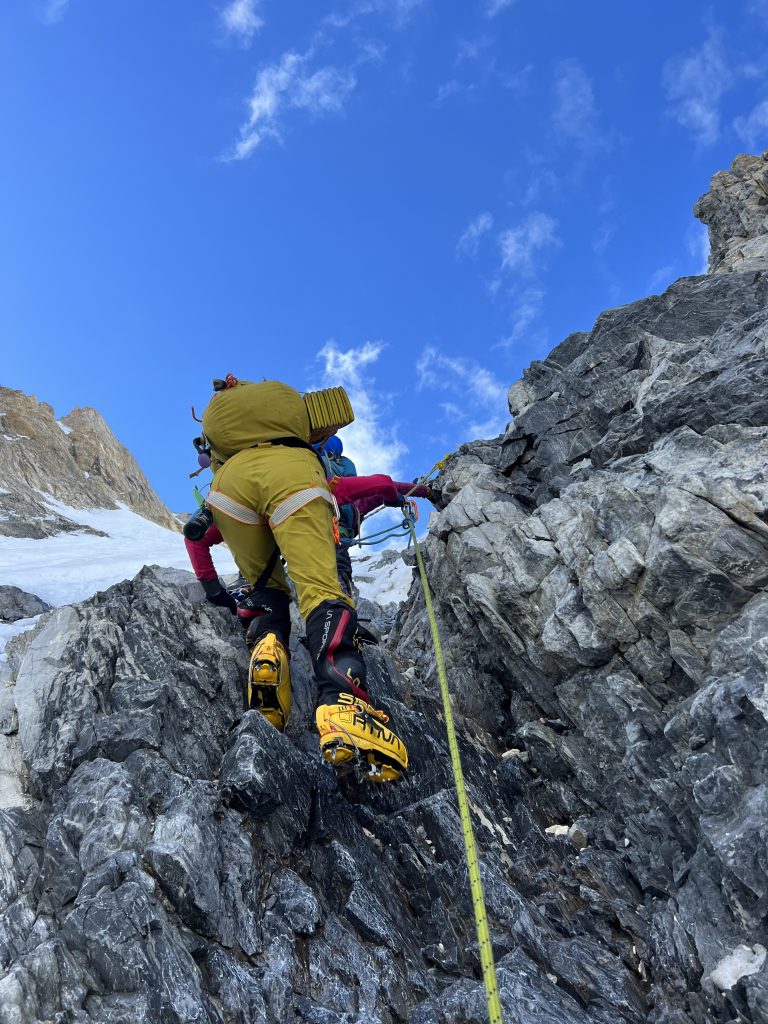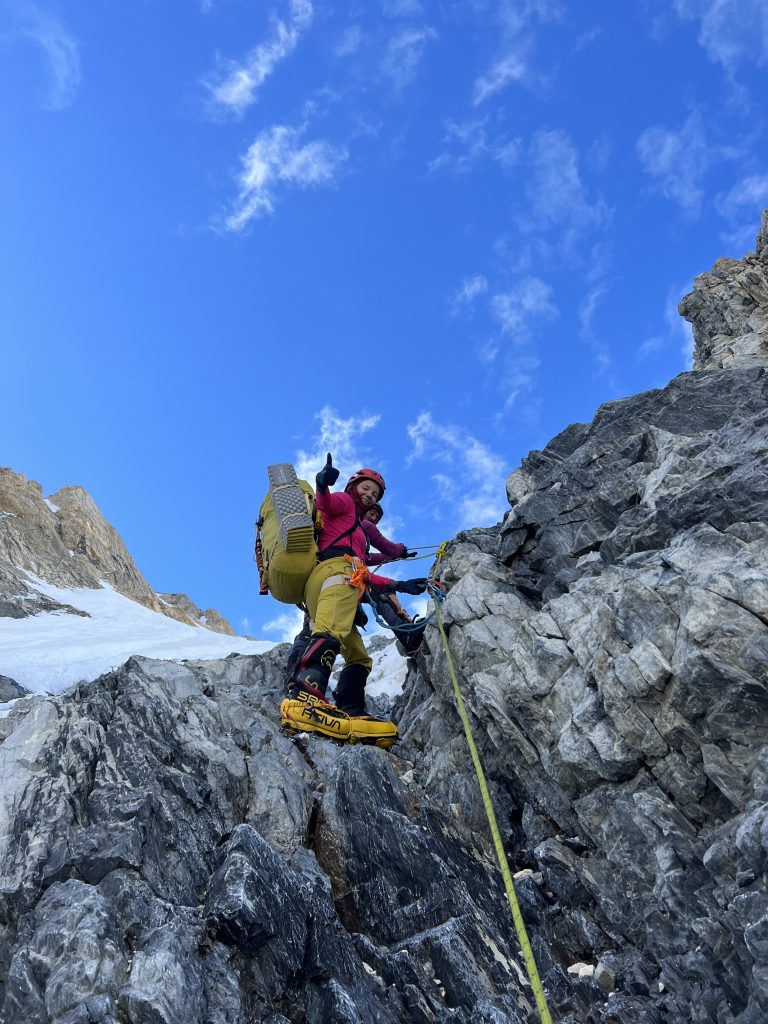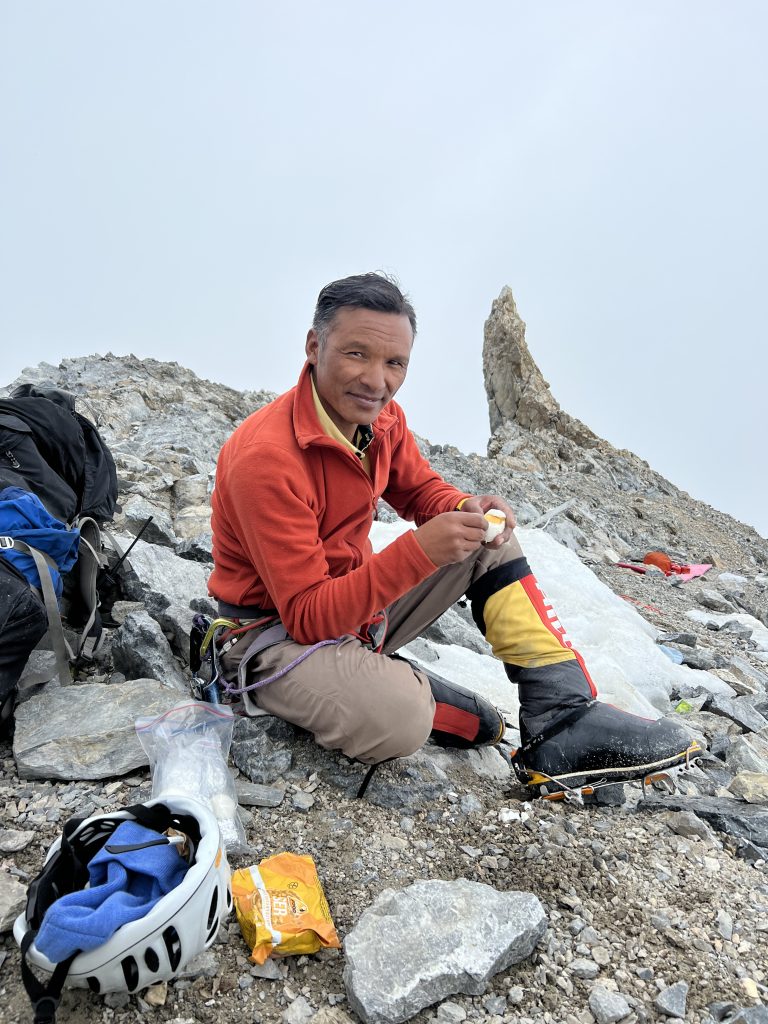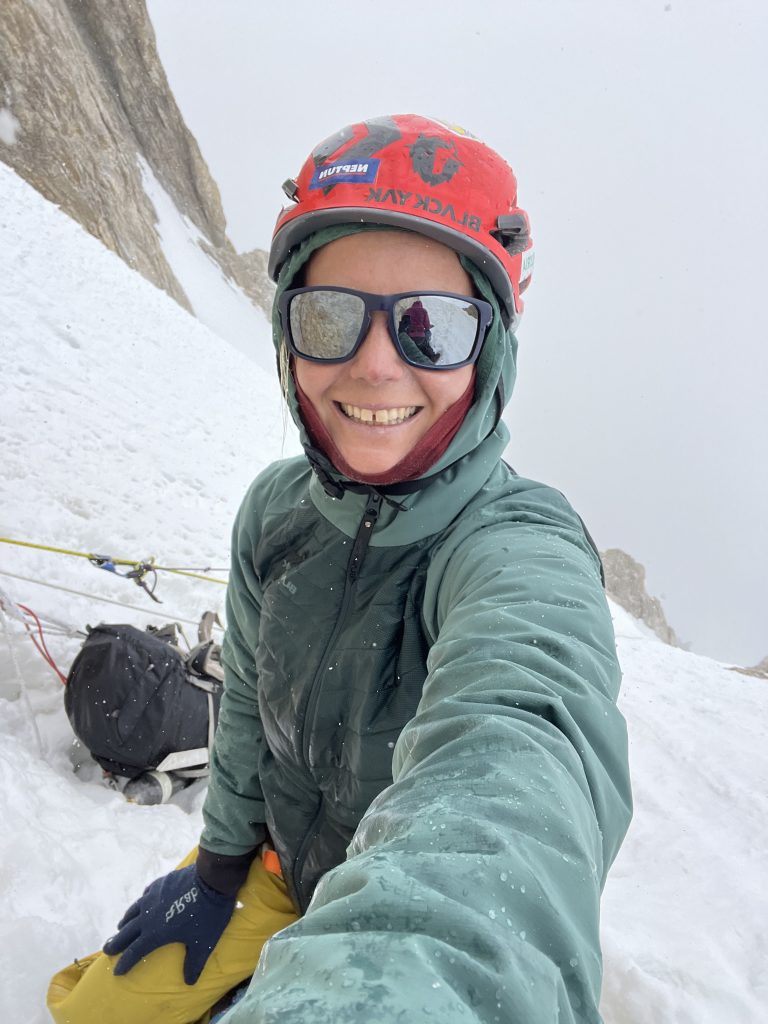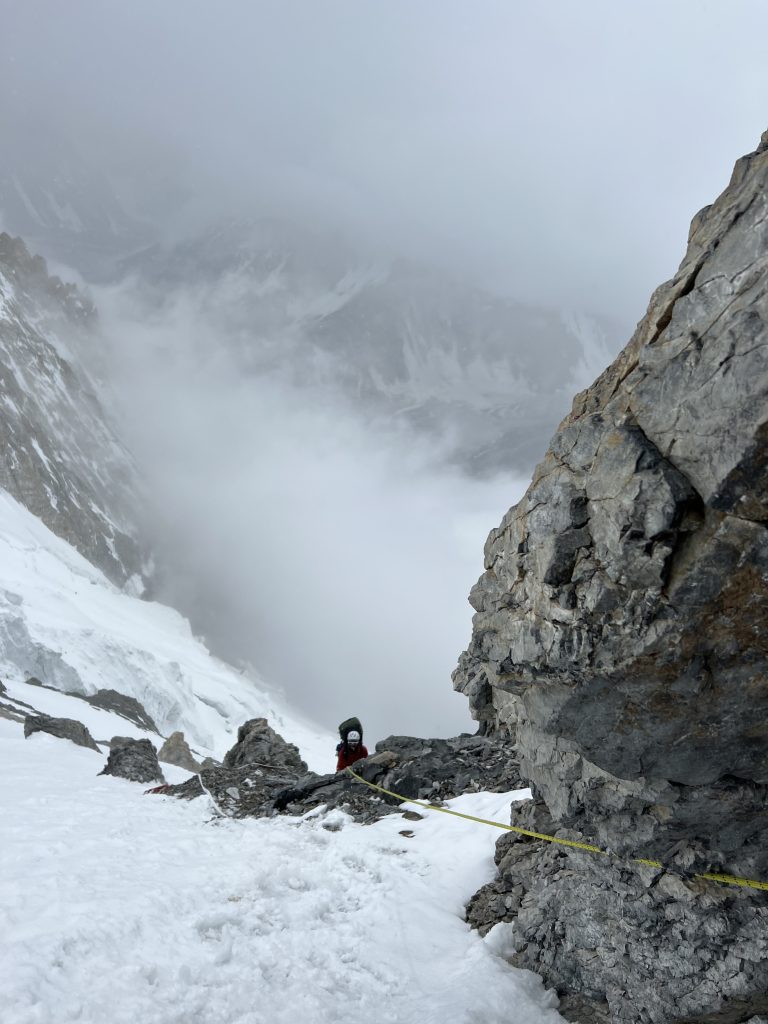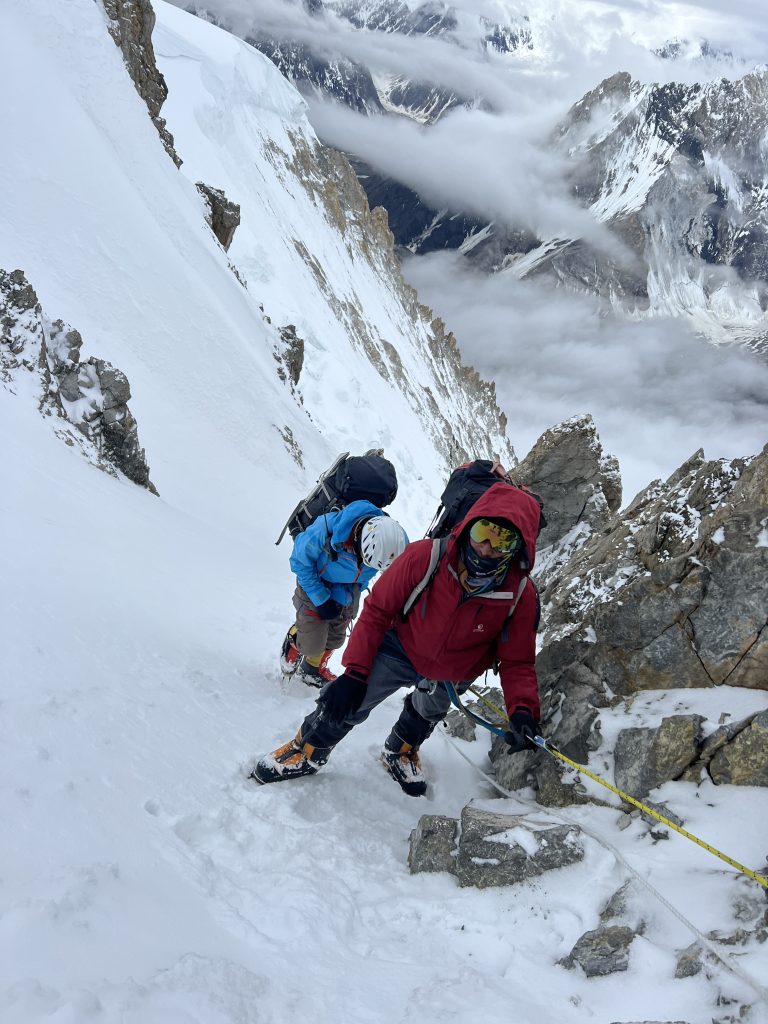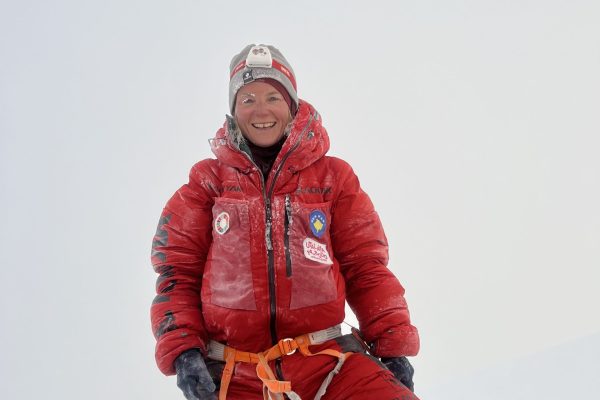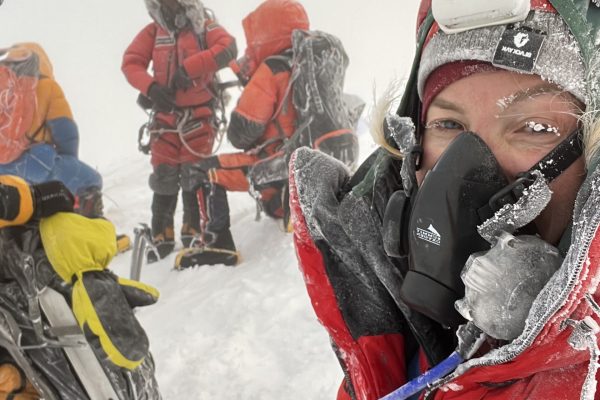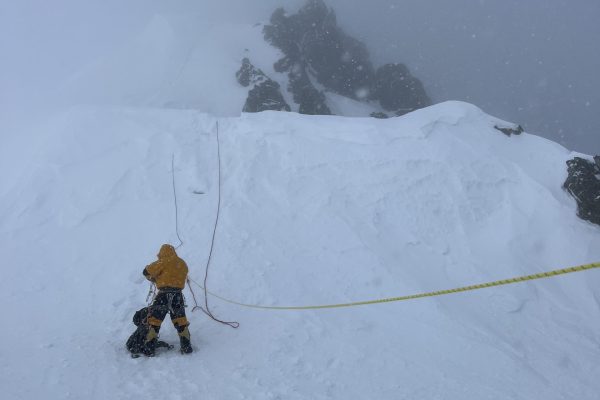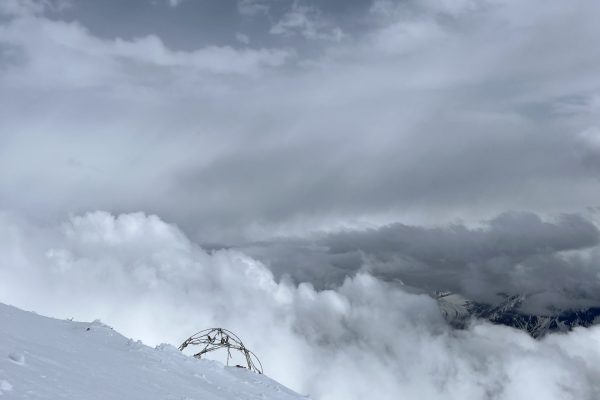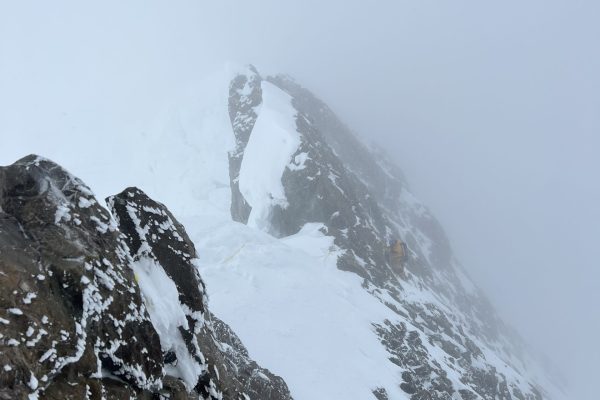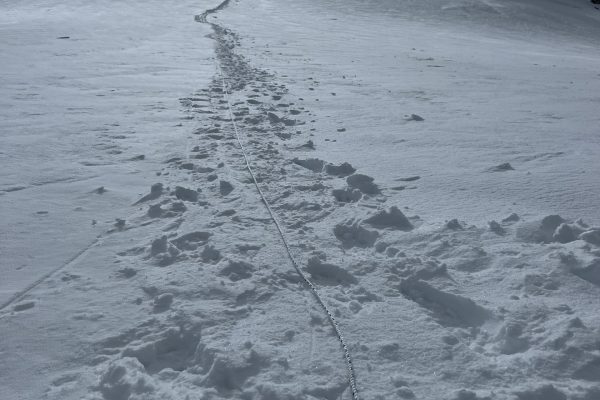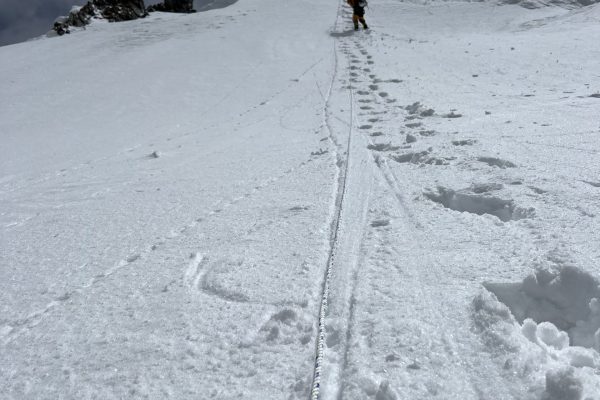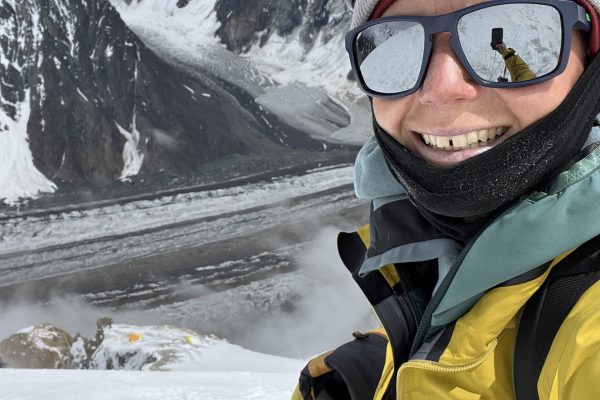Conquering the Lesser-Known Beauty!
Embarking on my second journey into the mesmerizing Concordia Valley, I find myself reflecting on a profound connection with this untouched wilderness. My first trip here in 2018, marked by the triumph of Gasherbrum I, was merely a prelude to the deeper spiritual experience unfolding on my return.
Unlike other expeditions, Baltimore Valley demands a more grounded approach.
We can’t afford fancy flights; only the rich can. But you know what? That makes our trek more real. It’s not about luxury; it’s about digging deep and keeping it simple, like a journey of grit and determination.
Every camp is a remote sanctuary. Here, the essence of survival becomes an art form. No showers, no modern amenities – just the raw embrace of nature. Setting up camp becomes a ritual, a collective effort by teams to birth a living space from the untouched canvas of the mountains.
Broad Peak is a mountain that lies near the massive of K2. So, no matter how big and technical it is, there is always less attention to it.
It is only 8051m and it is the 12th-highest mountain in the world.
Because K2 and Broad Peak are so near, normally the companies decide to keep their members in one camp, in this case K2 BC.
When I reached base camp, I see more clearly the mountain, and the route, but even though you are able to see quite a lot of it, you feel like how is is possible since there is a lot of rock and much less snow.
Anyway, after waiting for a few days in BC, and spending one night in K2 Camp 1, finally I took the permit and the time has come.
Embarking on the summit push of Broad Peak was a unique experience for me, a departure from my usual routine of climbing up and down mountains before the final ascent. Thanks to acclimatization from Nanga Parbat and a night in C1 on K2, I felt prepared for the challenge that lay ahead.
Our journey began on July 21st, from Base Camp to C2, a climb of 1200 meters. The terrain, laden with rocks and gravel, posed its challenges, taking us 7-8 hours to navigate. A night at C2 was dedicated to rest and nourishment, gearing up for the impending summit day.
On July 22nd, we moved from C2 to C3, a climb of 900 meters, with a smoother path through snow. The weather was unfavorable, with snow and wind, but we pressed on, knowing it would clear at some point during the night.
Our summit push started around 20:00. While trailing the big team, we deliberately lagged behind, conserving energy. The initial section was tedious, but the ascent up the couloir to the ridge was captivating. The ridge, though seemingly never-ending, unfolded in a series of technical sections, each an exquisite challenge.
During one such challenge, I unexpectedly found myself in a massive crevasse. It was both terrifying and awe-inspiring, revealing the intricate beauty of ice formations with China visible on the other side. With the help of fellow sherpas, I safely emerged, a stark reminder to tread cautiously.
By 5-5:30 in the morning, we stood triumphantly at the summit, despite less-than-ideal weather. The descent was swift, with the first team outpacing us. As we reached the couloir, a whiteout engulfed us, making navigation near impossible. Traversing through adversity, including a small avalanche, we finally found our way back to C3 after 6 challenging hours.
Visibility returned just before dark, and the sight of C3 was a beacon of relief. After spending another night there, we commenced our early descent the next day. Unpacking, drying, and repacking became a ritual, as fatigue lingered from the grueling climb.
My journey continued, leaving immediately for C2 on K2. Although exhausted, this was the only window to conquer K2. Each step, a blend of physical exertion and spiritual connection, as the mountains demanded resilience and reverence, revealing the profound beauty of the natural world.
Reflections on BP:
As I reflect on the recent days of my summer expedition, a candid conversation with myself emerges, spurred by the harsh realities I faced – frostbite in my finger, a disorienting whiteout, and a day where everything seemed to conspire against me.
The impulse to pen a new blog on these challenges arises, yet the deeper realization strikes me – perhaps it’s time for these mountain competitions to cease. This expedition has illuminated the potential dangers that lurk when competitiveness overshadows collaboration. Lives are at stake.
In our team, alongside me, were climbers like Kristine Harila, Josef, and their respective Sherpas, including Nima with her Sherpa. The potential for a collective effort was there, a safety net that could have prevented the ordeals we faced. Unfortunately, when we sought assistance for navigation during the whiteout, the response was not one of solidarity but laughter.
This lack of support meant we spent six arduous hours navigating through the whiteout, encountering numerous challenges along the way. It’s a stark reminder that the competitive spirit in the mountains can lead to perilous consequences. In a shared pursuit of conquering nature’s giants, collaboration and mutual aid should be the pillars, not the casualties.
This experience has ignited a call for change within me, a plea for a shift in the narrative of mountain expeditions. It’s time to prioritize shared humanity over individual achievements. The mountains, with their unforgiving conditions, demand unity and collective responsibility. The competition can wait; lives cannot.



